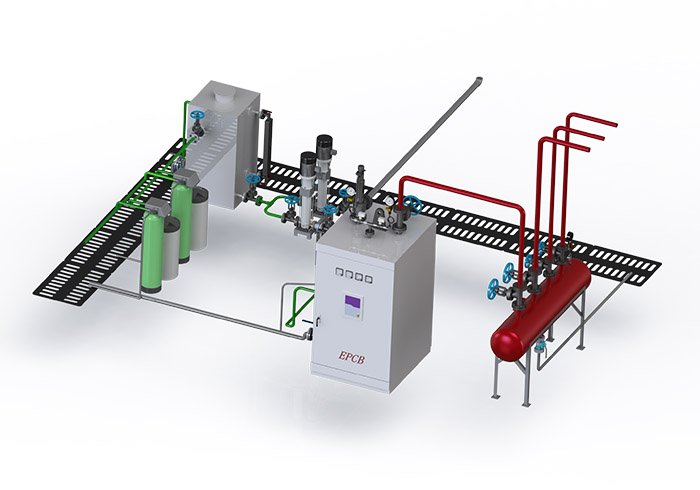With environmental attention, more and more environmental boilers appear on the market, but coal-fired boilers still have a large share in the market. Apart from the lack of environmental protection, the combustion of coal-fired boilers has unstable characteristics, so how should we avoid it?
EPCB summarizes three techniques to strengthen the combustion of coal-fired boilers, which are of great significance to improve the inadequate combustion and combustion utilization rate.
These 3 techniques are:
1.Coal distribution technology of stratified branch
2.Application technology of chemical additives
3.Membrane method of oxygen-enriched intensive combustion technology
Coal Distribution Technology of Stratified Branch
to Improve the Combustion Conditions
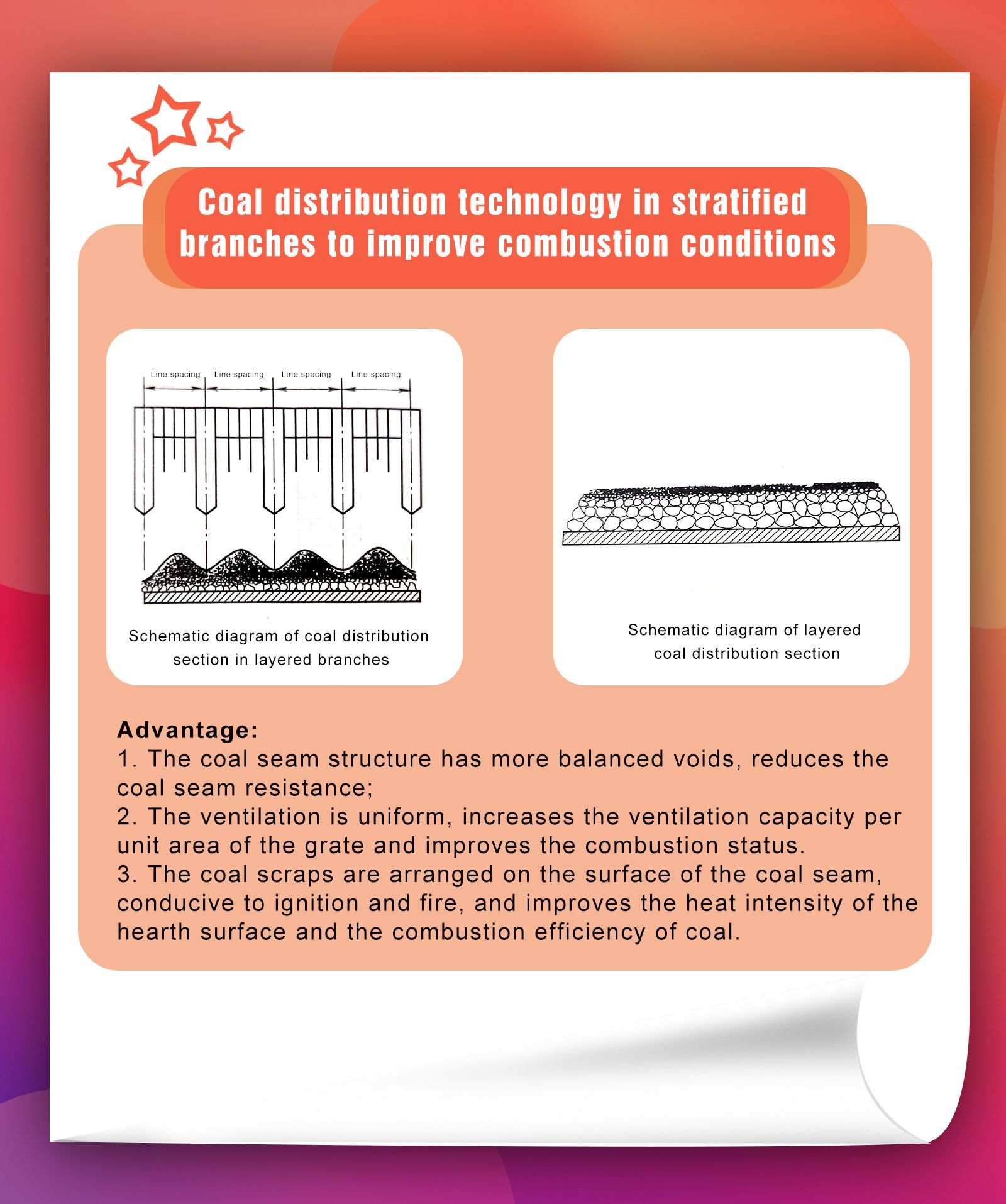
Technical introduction of layered coal distribution
In the process of coal combustion, coal steam boiler has a series of disadvantages due to the traditional coal distribution:
1.More coal leakage, fly ash;
2.Coal size block and coal debris mixed coal cloth, coal seam is relatively dense, large resistance and uneven ventilation;
3.The fire bed is not flat, easy to cause the fire mouth, resulting in increased ash slag carbon content and increased q4 heat loss.
Since the introduction of layered coal technology, it has been widely used, promoted, and gradually developed and improved. Many manufacturers have developed a variety of complete sets of patented series devices, can achieve both stratification, branching, and segmentation, overcome the shortcomings of traditional coal distribution, improve combustion efficiency, increase boiler output, and have significant energy-saving and emission-reduction effects. Become one of the first application technologies for coal-fired chain boilers.
Advantages:
1. The coal seam structure gap is relatively balanced and reduces the coal seam resistance;
2. Uniform ventilation, increases the ventilation capacity of the unit furnace row area, and improves the combustion condition,
3. Coal chips arranged on the coal seam surface is conducive to ignition and fire, improving the thermal strength of the furnace bed surface and the combustion efficiency of the coal.
Serialization and combination of layered coal distribution device
Through the application and practice of the majority of boiler workers, the layered coal distribution technology has been continuously improved and matured day by day.
It has developed into a series of devices of various types, different scopes and conditions:
1) According to the number of coal-feeding won drums, it can be divided into single won, double won, and three won.
2) According to the structure of the sifter, the most widely used are steel bar type, grate plate mesh type, comb type (increase and shrink open type), wave peak and valley type and combined type.
3) According to the shape and structure of coal distribution, it can be divided into layered type, layered branch type, layered segmented type, layered branched segmented type, etc.
4) According to the driving mode, it can be divided into chain front axle drag type, split motor drag type, dual power drag type.
5) According to the coal-fired adjustment method, it can be divided into frequency conversion speed adjustment type, coal gate adjustment type, and microcomputer automatic control type.
6) According to the number of coal gates, it can be divided into single-purpose plate type, double-mesh plate type, three-closed plate type, etc.
In actual production, according to the actual situation, the organic combination of the above-mentioned sifters is often used to give full play to their respective functions and advantages, so that the application range is wider. With the development trend of large-scale and automatic industrial boilers, the layered coal technology has developed a variety of complete sets of products, fully applying the boiler microcomputer automatic control brush, automatic fault adjustment, automatic consumption measurement, interlock protection, automatic alarm and other technologies , Can obtain the best reduction and emission reduction effect.
Application of enhanced combustion technology to promote accelerated coal burnout
The combustion speed of coal is mainly related to temperature and air distribution. Increasing the furnace temperature and flame temperature can speed up the combustion process. In general, the air distribution is reasonable, the furnace temperature is higher than 1200℃, and the radiant heat transfer in the furnace is much stronger than convective heat transfer. At this time, the radiant heat absorbed by the water wall arranged in the furnace is 5 or more higher than the convective heat. : When the furnace temperature is 1100-1200℃, the heat transfer by radiation and the heat transfer by convection are basically the same: when the furnace control temperature is lower than 1000℃, the heat transfer by radiation is obviously weakened.
The burning speed of coal-fired chain boilers is also related to the variety and quality of coal. If the coal has high ash content, low volatile content, and low calorific value, it will be difficult to catch fire, the burning speed will slow down, it is difficult to burn out, and the carbon content of the ash will increase.
In view of the above situation, the chain boiler adopts intensified combustion measures, such as reasonable design and construction of the furnace arch, adjustment of the angle. If necessary, set the middle arch, properly arrange the cover surface of the furnace arch, and spray secondary air at the furnace throat. , Speed up the burning speed and improve the burning efficiency. When inferior coal is burned, a guard combustion belt should be added to appropriately slow down the heat absorption of the water wall to increase the furnace temperature and accelerate the combustion process. Practice has proved that its effect is obvious.
In addition, efforts should be made to increase the air preheating temperature. In addition to lowering the exhaust gas temperature, it can also increase the flame temperature, which is beneficial to intensified combustion.
Back-burning of leakage coal and back-burning of ash
The carbon content of leaked coal is generally higher, slightly lower than raw coal, and efforts should be made to reduce the loss of coal leaked. It is necessary to strengthen the preparation and processing of raw coal, and adopt advanced coal distribution technology, which can reduce the loss of coal leakage, and can also improve or select the scale-type non-leakage chain row structure.
However, there is still coal leakage, which should be specially collected and mixed with raw coal for reburning. It should be properly humidified before blending to better mix with raw coal.
Coal-Fired Chemical Additives
to Improve Combustion Technology
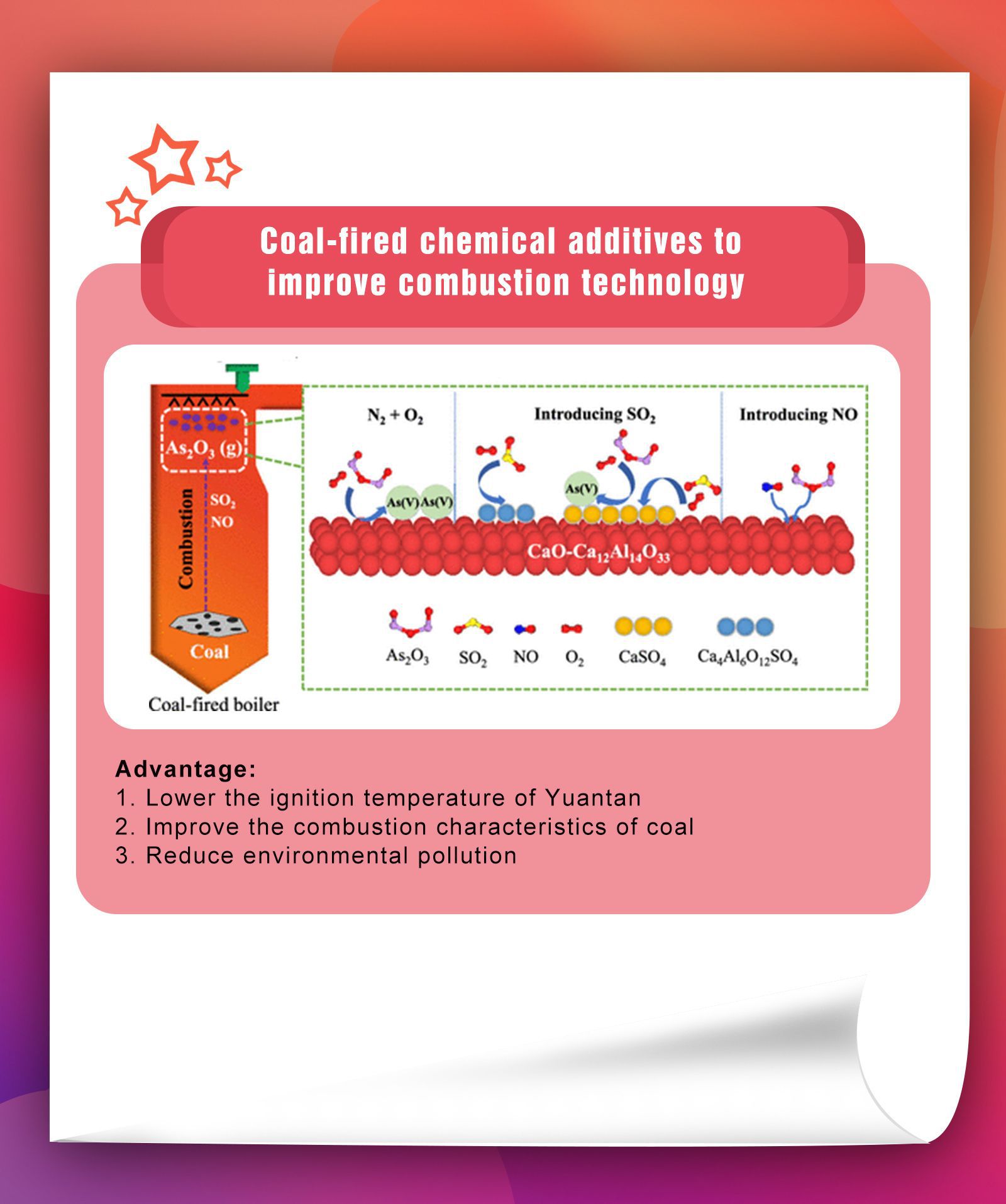
According to the chemical reaction principle of coal combustion, a small amount of chemical additives are added to the coal to promote oxidation and ion exchange through catalysis, activation, and improve the combustion performance of coal, which can improve the combustion efficiency. At the same time, it enhances the ability of ash and slag to fix sulfur to achieve the effect of energy saving and emission reduction.
The application research has been continuing for many years. A variety of additive products have been introduced to the market. The method of addition has evolved from simple and extensive manual mixing operations to mechanical mixing and automatic mixing. Fine operation control of control and online monitoring. With the in-depth implementation of the energy saving and emission reduction policy, the application of chemical additives to improve combustion has received widespread attention.
Application effect of chemical additives
1.Lower the ignition temperature of Yuantan
2. Improve the combustion characteristics of coal
3. Reduce environmental pollution
Issues that need to be paid attention to when applying additives
1) The application of additives must pay attention to and suppress the generation of new pollutants. Due to the "micro-explosion" phenomenon produced by the additive in the combustion process, the amount of PM10 in the flue gas increases, and the hazard of fly dust is more serious to the human body; the increase of combustion temperature increases the content of nitrogen oxides in the combustion, and the content of heavy metal salts Increase, so the application of additives should be tested for environmental protection indicators.
2) The influence of certain components in the additive on the safety of the boiler's long-term operation (such as corrosion of the metal on the heating surface) is not very clear. The development of additives and boiler users should pay close attention to them and continue to sum up their experience.
Membrane oxygen-enriched combustion technology
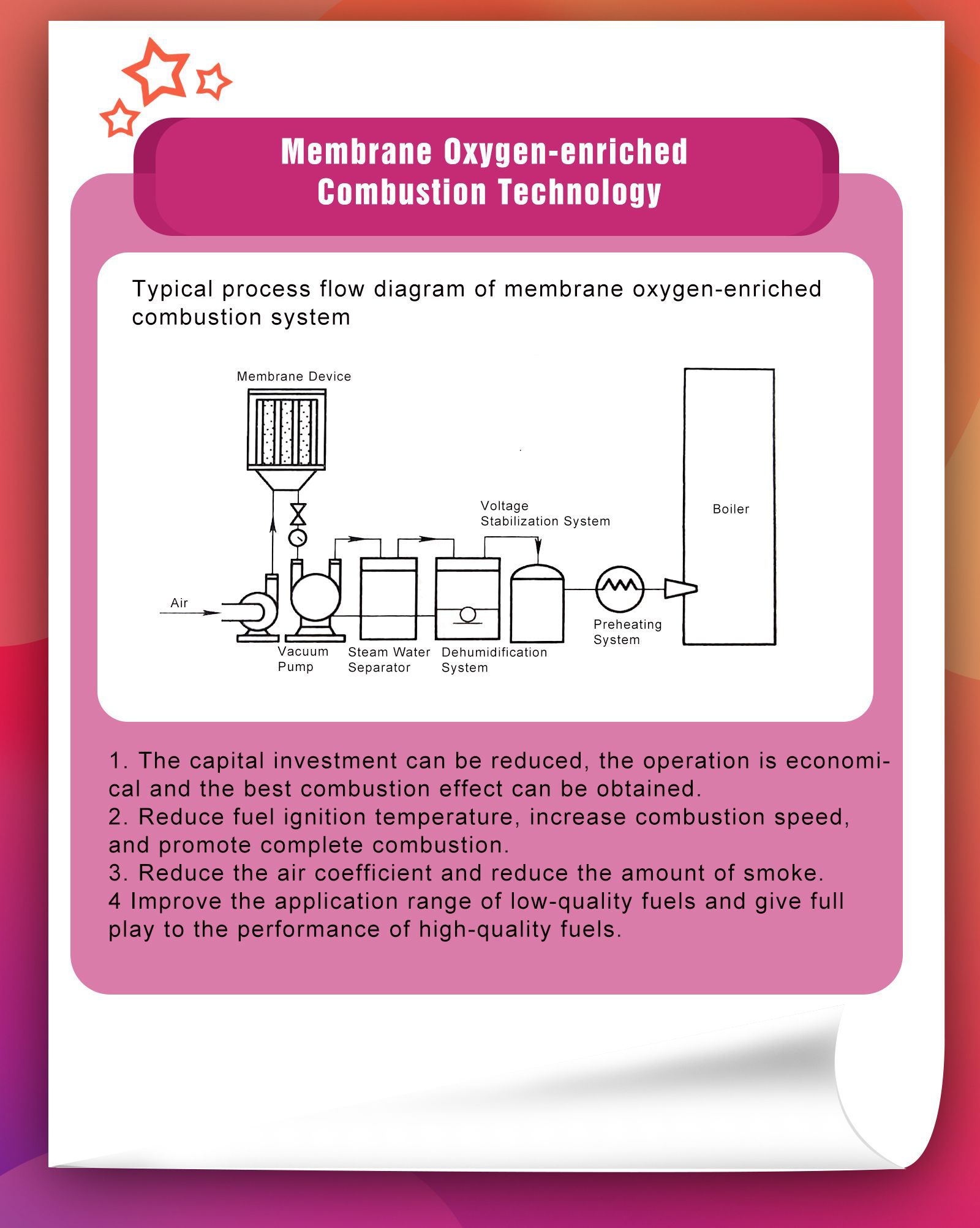
Oxy-fuel combustion basic concept
The combustible substances in the fuel entering the boiler react with oxygen in the air to realize the combustion of the fuel. The air usually contains 21% oxygen, and the combustion process completed by increasing the oxygen concentration in the combustion-supporting air is called oxy-fuel combustion. Eutrophic combustion is an efficient combustion technology, and it is also the most effective enhanced combustion technology for coal combustion.
With the development of oxygen production technology, especially the development and application of membrane oxygen production technology, the cost of small-capacity oxygen production has been reduced. Oxygen-enriched combustion technology is applied to industrial boilers and industrial kilns, and can achieve significant energy-saving and emission-reduction effects.
Oxygen-enriched combustion mechanism and application effect
1) When the flame temperature is increased and oxygen-enriched air is used to replace all or part of the air for combustion, the total amount of air can be reduced, and the non-participating nitrogen that accounts for more than 70% of the air is reduced accordingly, which reduces the heat absorption of this part of the nitrogen.
In addition, as the oxygen concentration increases, the oxidation reaction is strengthened, thereby increasing the flame temperature and enhancing the radiation heat transfer effect. The oxygen concentration of 20%-30% is the best value to increase the flame temperature, and this is also the oxygen concentration range for membrane oxygen production. Membrane oxygen production can reduce capital investment, operate economically and obtain the best combustion effect.
2) Reduce the ignition temperature of the fuel, increase the combustion speed, and promote complete combustion.
3) Reduce air coefficient and reduce smoke exhaust. Using oxygen-enriched air can reduce the total amount of air, that is, reduce the air coefficient, effectively reduce the heat loss of exhaust gas, and improve the thermal efficiency of the boiler.
4) Membrane oxygen combustion-supporting technology is suitable for all industrial boilers including gas, oil, and coal. It can not only improve the application range of low-quality fuels, but also give full play to the performance of high-quality fuels.
Types of oxy-fuel combustion
Depending on the degree of oxygen in the oxygen-enriched air, it can be divided into industrial full-oxygen combustion, with an oxygen concentration of 95%; low-concentration oxygen-enriched combustion, with an oxygen concentration of 26%-30%. Both methods are used in industrial production. However, considering the comprehensive benefits of oxygen production and boiler equipment transformation costs, the use of membrane local oxygen-enriched combustion technology is the most beneficial.
The local oxygen-enriched combustion technology generally uses oxygen-enriched air with 1% to 3% of the total air volume required for combustion in the most effective part of improving combustion, that is, "use good steel on the blade".
Membrane oxygen enrichment preparation process and equipment
1. Industrial oxygen production method
1) Cryogenic method (low temperature method) has good safety, low noise, mature technology, high oxygen concentration, and can produce oxygen and nitrogen by colleagues. However, the preparation system is complicated, the output adjustment is poor, and it is suitable for larger production scale, and the cost is higher when the production volume is low.
2)The pressure swing adsorption method (PSA method) uses molecular sieve to produce oxygen. The method is simple, reliable, and output adjustable.
Good, suitable for occasions with medium production scale and oxygen concentration less than 95%.
3) The membrane separation method has simple equipment, convenient and safe operation, quick start-up, no pollution to the environment, small and medium production scale, low loss, and flexible application. Industrial developed countries call it "resource creative technology".
2. Membrane method local oxygen-enhancing and combustion-supporting technology
1) The principle of membrane oxygen enrichment technology is to use the different permeability rates of oxygen and nitrogen in the air to pass through the polymer membrane to produce oxygen. The permeation rate of various gases in the polymer membrane is from difficult to easy: nitrogen, methane, carbon monoxide, argon, oxygen, carbon dioxide, helium, hydrogen, and water vapor.
2) There are two methods for preparing oxygen-enriched gas by membrane method: positive pressure method and negative pressure method. Industrial boiler systems mostly adopt the negative pressure method.
3) Oxygen-enriched air is fed in in the form of secondary air through oxygen-enriched nozzles arranged at different positions in the furnace to form a-type combustion, four-corner combustion, delayed combustion and staged combustion, which are suitable for Pulverized coal furnace, coal thrower, fluidized bed furnace, circulating fluidized bed furnace and chain furnace, etc.
Application examples of membrane oxygen-enriched combustion
1) A 4t/h coal-fired boiler in an oilfield uses membrane oxyfuel combustion technology, with an average coal saving rate of 29.7%, an average increase of 15.96% in thermal efficiency, a maximum of 17.44%, an average load increase of 17.69%, and a 39% increase in steam pressure.
2) A chemical fertilizer plant applied membrane oxyfuel combustion technology to a 20t/h coal-fired steam boiler, with an oxygen-enriched air volume of 200m3 (standard condition)/h. After testing, the furnace temperature increased by 90℃, the air coefficient decreased by 0.3, the ash carbon content decreased by 5.32%, the exhaust Ringelmann blackness was less than level 1, and the thermal efficiency increased by 11.04%.
3) A hospital applies Qiu Fa oxy-fuel combustion technology on 41/h coal-fired boilers and installs it by itself. The commissioning equipment is equipped with an oxygen-enriched air volume of 50m3 (standard condition)/h, which not only solves the problem of smoke pollution, but also saves more than 14% of coal on average.
4) A certain group applies membrane oxygen-enriched combustion technology on two 35t/thrower boilers. The oxygen concentration in the oxygen-enriched air is 27%~30%, the pressure head is 1000~1200Pa, and 10 nozzles are arranged on both sides of the wall. The outlet flow rate is 60-90m/%. After testing, the smoke exhaust Ringelmann blackness has been reduced from level 3 to level 4 to below level I, ending the 10-year history of being fined for smoking black smoke. The thermal efficiency of the boiler reaches 75.62%, which is 9.35 percentage points higher than before the application. The output is increased and the new fixed load can be reached.
Conclusion
In recent years, industrial coal-fired boilers are still hot in the international market, and sales are increasing, which also places more demands on after-sales service. In order to let customers experience that EPCB actually stands on the customer's point of view and saves every cost for them, EPCB boiler innovates its service model, launches one-stop intimate service, enhances the user experience, and provides free guidance from purchase to use.
EPCB, your private boiler system expert!
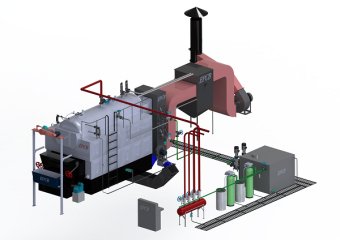 Steam Boiler
Steam Boiler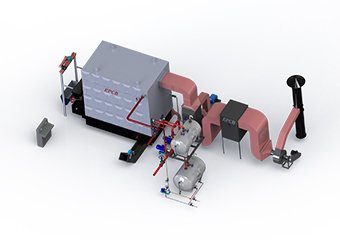 Thermal Oil Boiler
Thermal Oil Boiler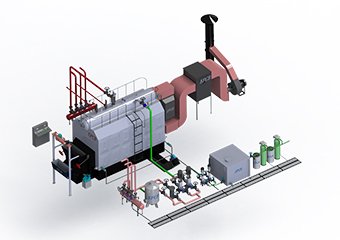 Hot Water Boiler
Hot Water Boiler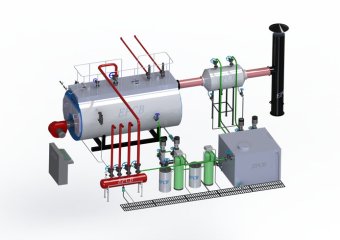 Steam Boiler
Steam Boiler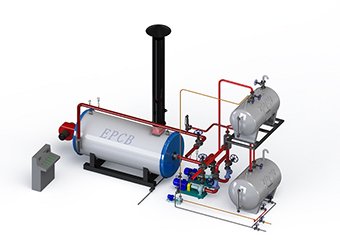 Thermal Oil Boiler
Thermal Oil Boiler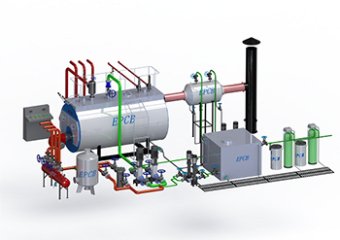 Hot Water Boiler
Hot Water Boiler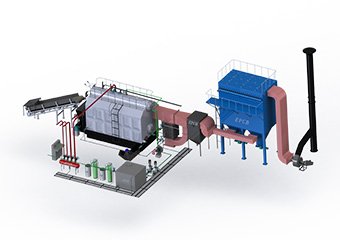 Steam Boiler
Steam Boiler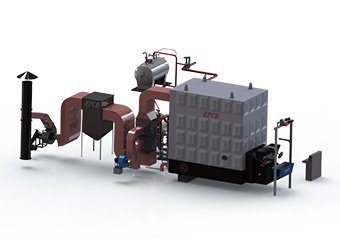 Thermal Oil Boiler
Thermal Oil Boiler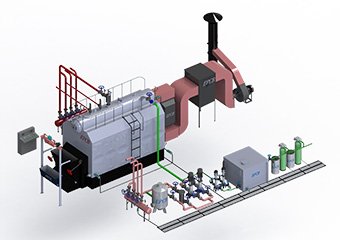 Hot Water Boiler
Hot Water Boiler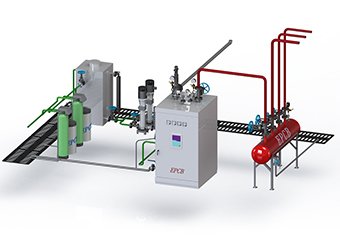 Steam Boiler
Steam Boiler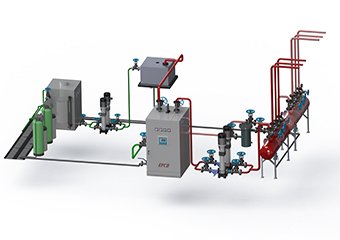 Hot Water Boiler
Hot Water Boiler

















